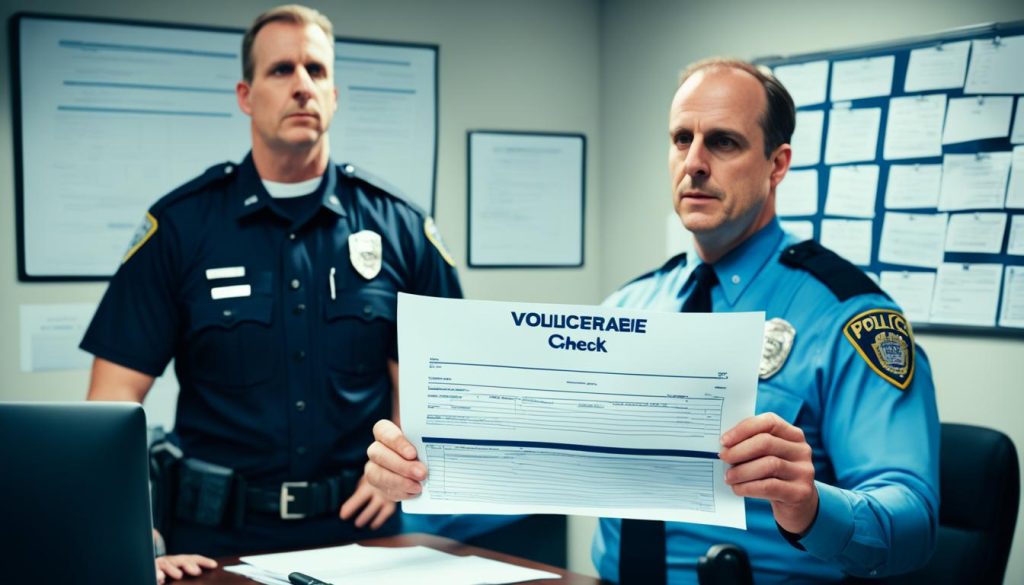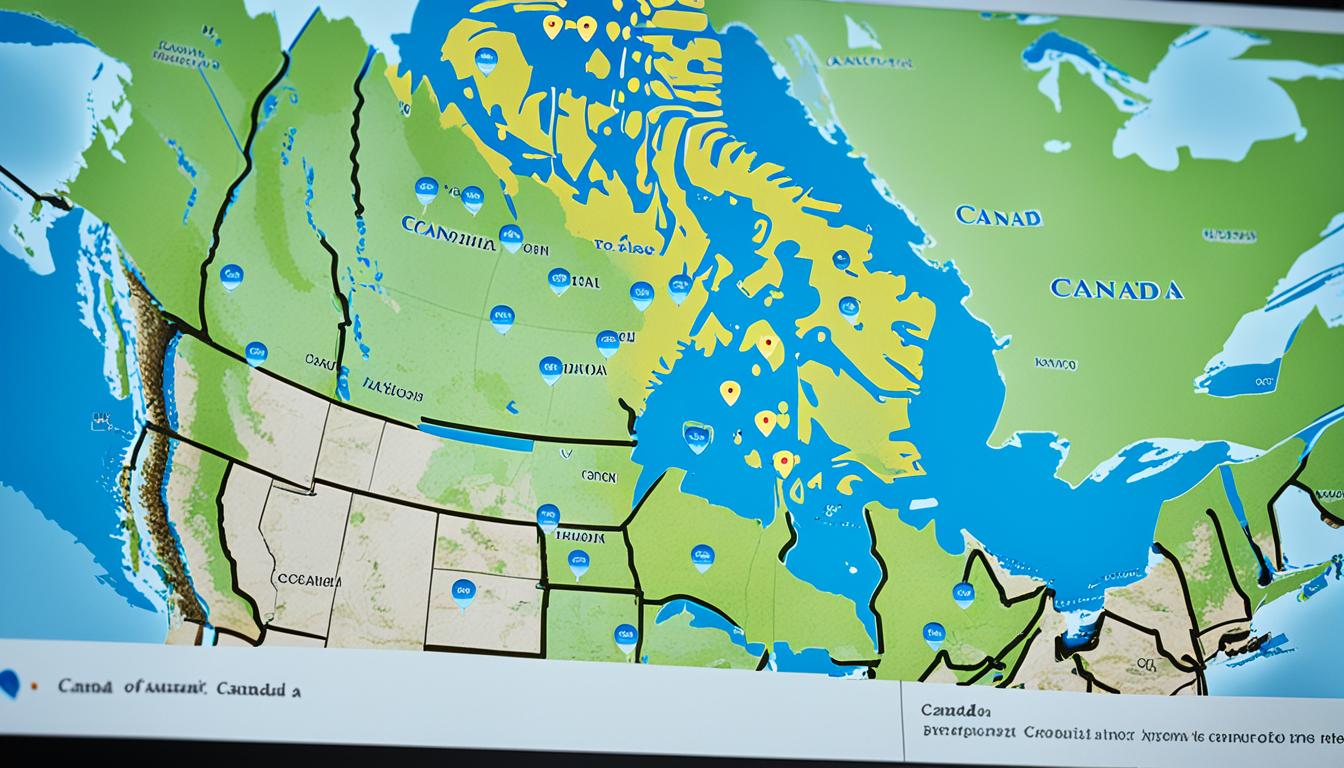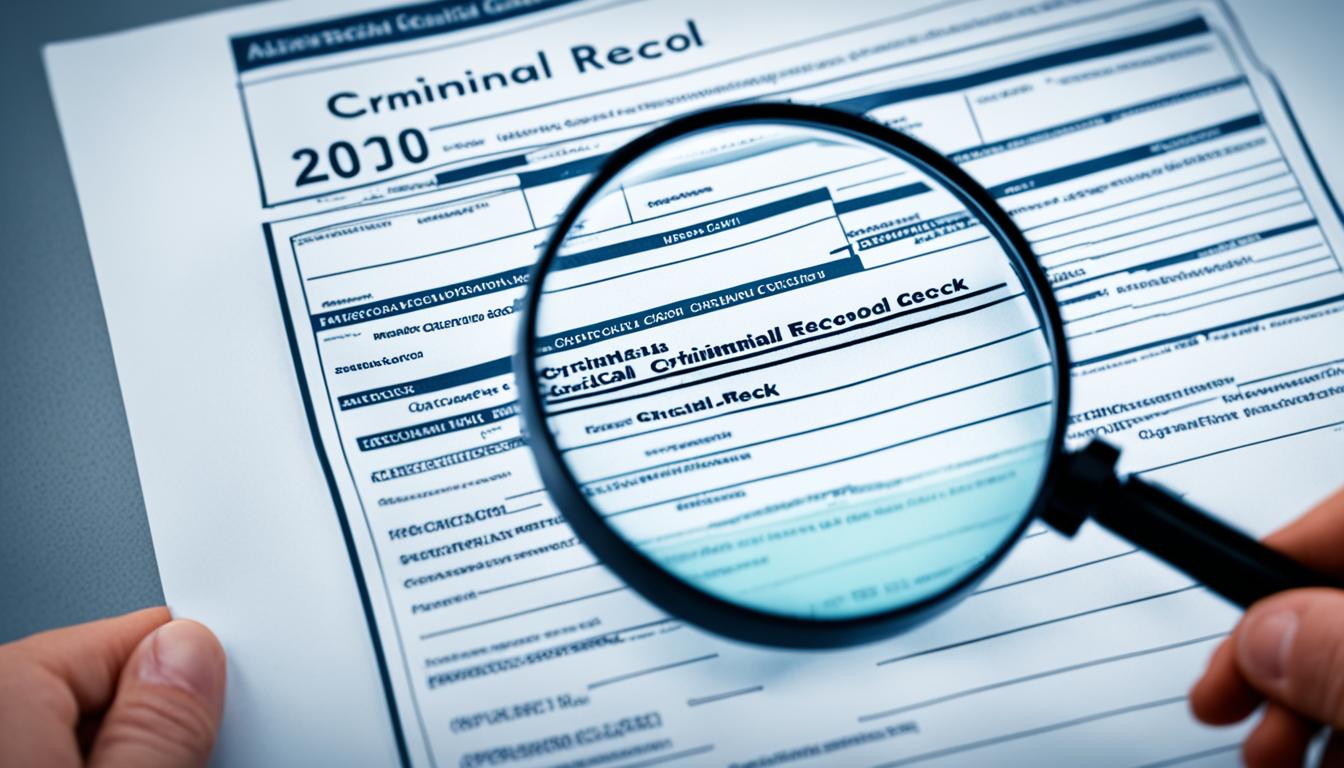Understanding Vulnerable Sector Checks
As a journalist specializing in safety and security, I often get asked about the importance of vulnerable sector checks. In today’s article, I’ll provide you with a comprehensive understanding of what vulnerable sector checks are and why they are crucial for ensuring the safety and well-being of vulnerable individuals in Canada.
Vulnerable sector checks were introduced in 2000 as a measure to protect children, the elderly, and individuals with disabilities from potential harm. These checks are required for individuals who will be in a position of trust or authority over vulnerable persons.
A vulnerable sector check involves a thorough examination of local police records to identify any patterns of behavior that might pose a direct threat to vulnerable persons. It also includes verification to determine if the applicant has been a pardoned sex offender.
Organizations or individuals responsible for the well-being of vulnerable individuals initiate the vulnerable sector check process. They request the check, and the police service verifies if the position requires it. It’s important to note that organizations should not rely solely on a police information check to assess an applicant’s suitability. They are encouraged to conduct their own background and reference checks.
Key Takeaways:
- Vulnerable sector checks aim to protect vulnerable individuals in Canada.
- These checks are required for individuals in positions of trust or authority over vulnerable persons.
- They involve a comprehensive examination of local police records and verification of pardoned sex offender status.
- Organizations should conduct their own background and reference checks in addition to vulnerable sector checks.
- Vulnerable sector checks were introduced in 2000.
Difference Between a Regular Police Information Check and One Requiring a Vulnerable Sector Check
When it comes to conducting thorough background checks, there are key differences between a regular Police Information Check and one that requires a Vulnerable Sector Check. Understanding these differences is crucial for organizations and individuals responsible for the safety and well-being of vulnerable persons.
A regular Police Information Check primarily focuses on criminal convictions and pending court appearances. It provides information about an individual’s criminal record, ensuring that organizations have a comprehensive understanding of any potential risks.
On the other hand, a Vulnerable Sector Check goes beyond a regular check by delving into local police records to identify any patterns of behavior that may pose a direct threat to vulnerable persons. This check plays a vital role in safeguarding children, the elderly, and the disabled from individuals who may have a history of behavior that puts their safety at risk.
Moreover, a Vulnerable Sector Check also verifies if the applicant has been a pardoned sex offender. This additional step ensures that individuals with a history of sexual offenses are not granted positions of trust or authority over vulnerable persons.
To further confirm an applicant’s status as a pardoned sex offender, fingerprinting may be required. This added measure adds an extra layer of assurance, providing organizations with the necessary information to make informed decisions about the suitability of a candidate.
Overall, while a regular Police Information Check is useful in assessing an individual’s criminal background, a Vulnerable Sector Check offers a more comprehensive evaluation by considering local police records, patterns of behavior, and the status of being a pardoned sex offender. Together, these checks contribute to creating a safer environment for vulnerable persons and ensuring that those in positions of trust or authority have undergone a thorough assessment.

Positions Requiring a Vulnerable Sector Check
A Vulnerable Sector check is necessary for individuals who will be in a position of trust or authority over vulnerable persons. This check is not limited to individuals who simply have contact or access to vulnerable persons, but specifically applies to positions where individuals are entrusted with the care and safety of vulnerable individuals.
Some examples of positions that require a Vulnerable Sector check include:
- Teachers
- Healthcare aides
- Nurses
- Daycare workers
These positions involve direct interaction and responsibility for the well-being of vulnerable individuals, such as children, the elderly, or individuals with disabilities. The Vulnerable Sector check helps ensure that individuals in these roles have undergone a screening process to identify any potential risks to the safety of vulnerable persons.
It is important to note that positions such as truck drivers, retail employees, serving staff, and bank tellers typically do not require a Vulnerable Sector check, as these roles do not involve a direct position of trust or authority over vulnerable persons.
Positions Requiring a Vulnerable Sector Check
| Position | Requirement for Vulnerable Sector Check |
|---|---|
| Teacher | Yes |
| Healthcare Aide | Yes |
| Nurse | Yes |
| Daycare Worker | Yes |
| Truck Driver | No |
| Retail Employee | No |
| Serving Staff | No |
| Bank Teller | No |

Process of Requesting and Conducting a Vulnerable Sector Check
When you need to request a Vulnerable Sector check, there are certain steps you must follow to ensure a smooth and efficient process. Here’s what you need to know:
- Requesting the Check: The organization or person responsible for the vulnerable person(s) must initiate the request for a Vulnerable Sector check. This request is usually made to the local police service where the Police Information Check application is submitted.
- Verification of Position: The police service will verify if the position requires a Vulnerable Sector check. This is done to ensure that the check is conducted only for positions that involve a position of trust or authority over vulnerable persons.
- Obtaining Consent: Before conducting the search, consent from the applicant is necessary. The applicant must agree to the Vulnerable Sector check being performed.
- Providing Position Details: When requesting a Vulnerable Sector check, it is essential to provide specific details about the position. This includes information about the role the applicant will have with the vulnerable person(s), whether there will be unsupervised access, and the level of involvement and interaction with the vulnerable person(s).
- Additional Information: In some cases, the Edmonton Police Service may request additional information to ensure that the position meets the legal requirements for a Vulnerable Sector check.
- Residency Proof: As part of the Vulnerable Sector check process, applicants are required to provide proof of residency. This helps verify the applicant’s identity and ensures that the check is conducted for individuals residing in the relevant jurisdiction.
By following these steps, you can navigate the process of requesting and conducting a Vulnerable Sector check effectively.
Supplementary Checks and Recommendations
While a Police Information Check with or without a Vulnerable Sector check is an important tool, it should not be the sole basis for determining the suitability of an applicant. Organizations are encouraged to conduct their own background and reference checks to ensure the suitability of any applicant.
However, for individuals who have not received a Vulnerable Sector check, it is recommended that they be supervised at all times when in the presence of vulnerable persons. This additional level of supervision helps to mitigate potential risks and ensures the safety of vulnerable individuals.
In cases of adoptions, Police Information Checks do not meet the legal requirements for a Vulnerable Sector Screening. To thoroughly assess the suitability of adoptive parents, a separate process is needed. This involves the RCMP’s Canadian Real Time Identification Services (CCRTIS), which determines if adoptive parents have a Pardon or Record Suspension for sexual offences. It is recommended that fingerprints are taken and submitted for processing by the CCRTIS, and a check of local police records is also advised. This comprehensive approach helps in making informed decisions and protecting the well-being of vulnerable children.
- The Role of Police in Community Safety & Unity - October 6, 2025
- Quebec Police Officer Salary Insights 2023 - July 13, 2025
- Canada Arrest Protocol: What Police Say Upon Arrest - June 12, 2025




















Post Comment